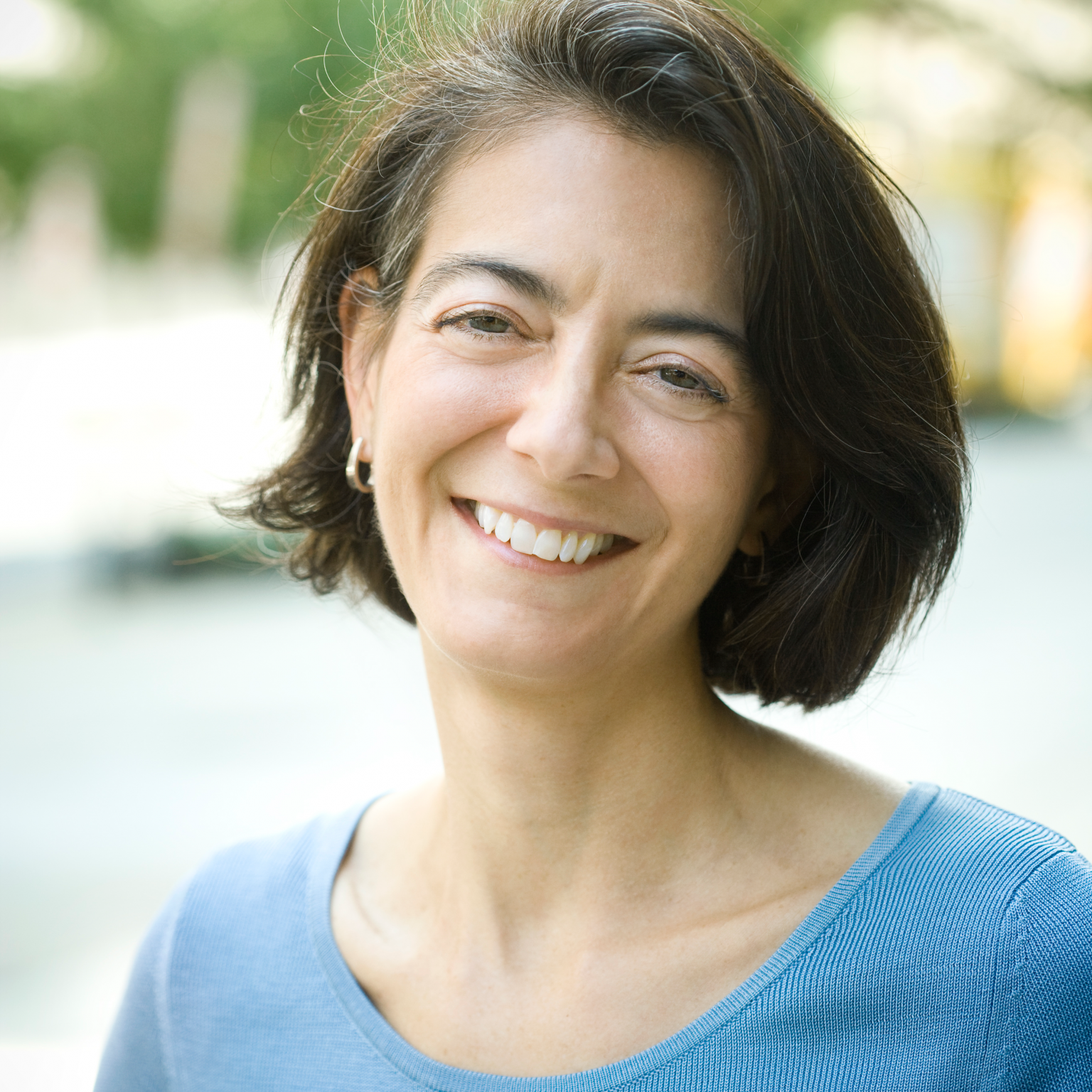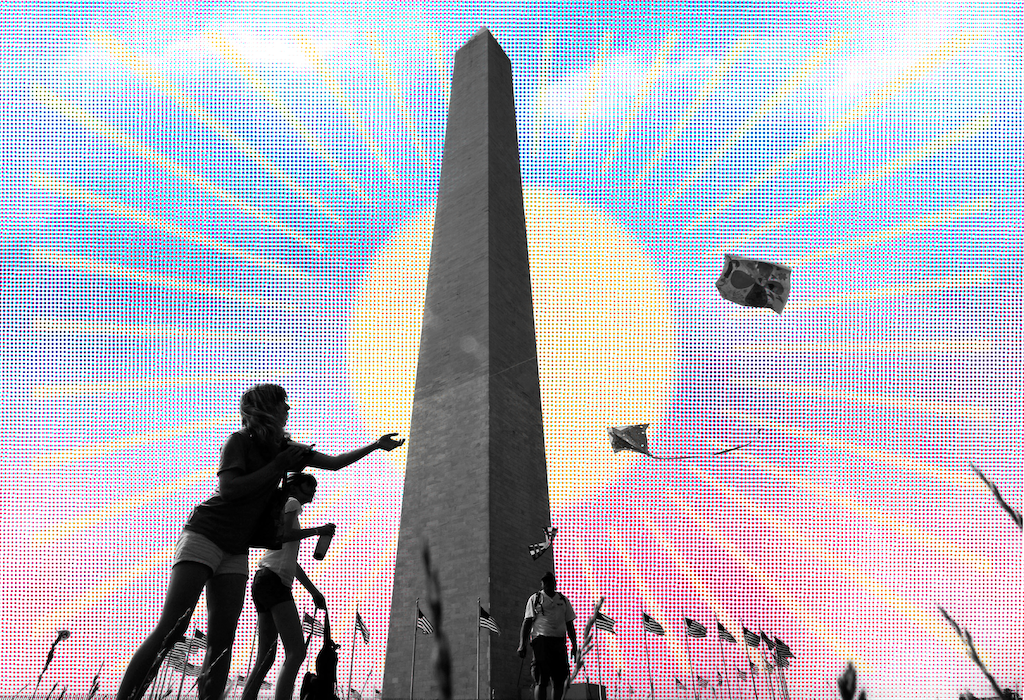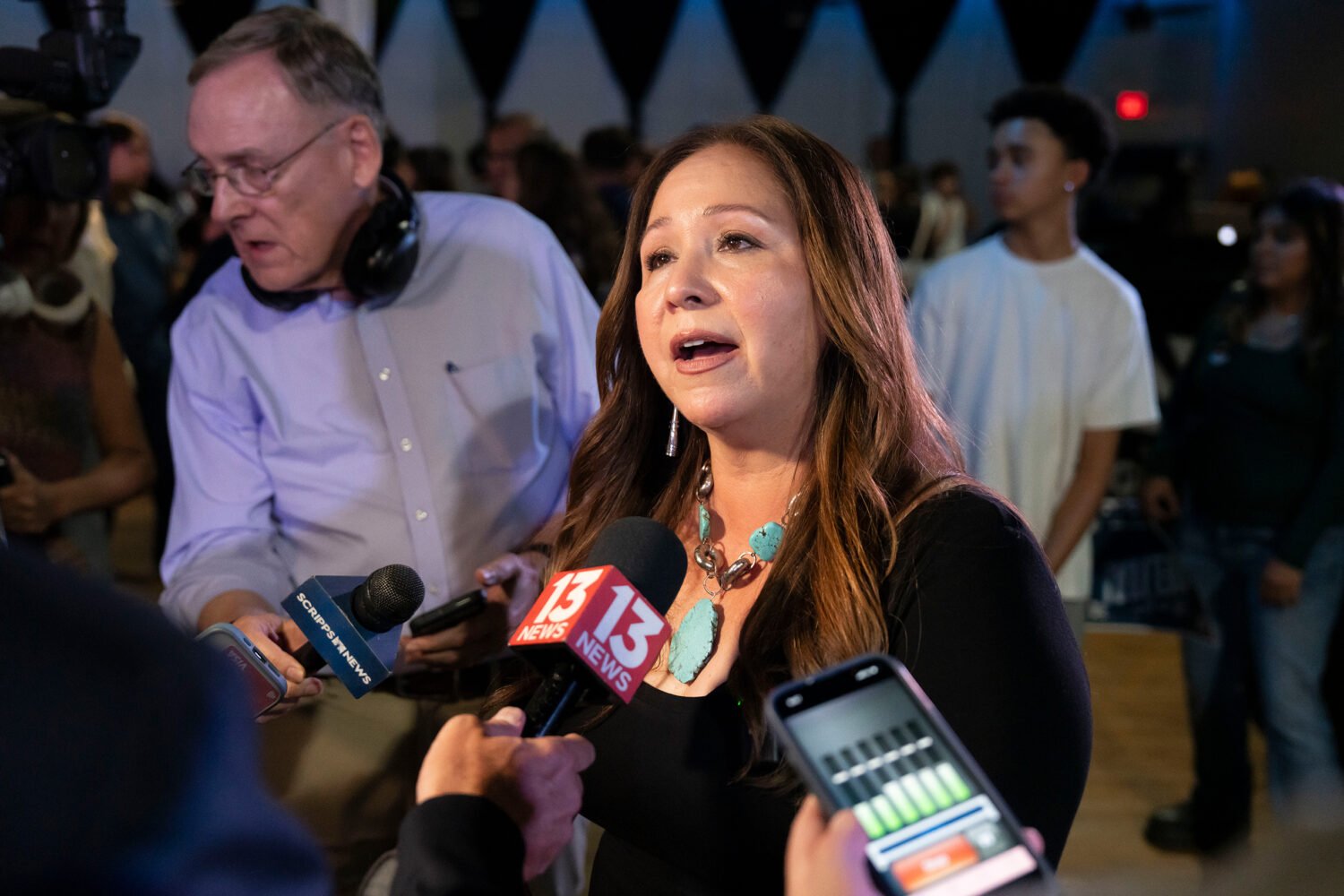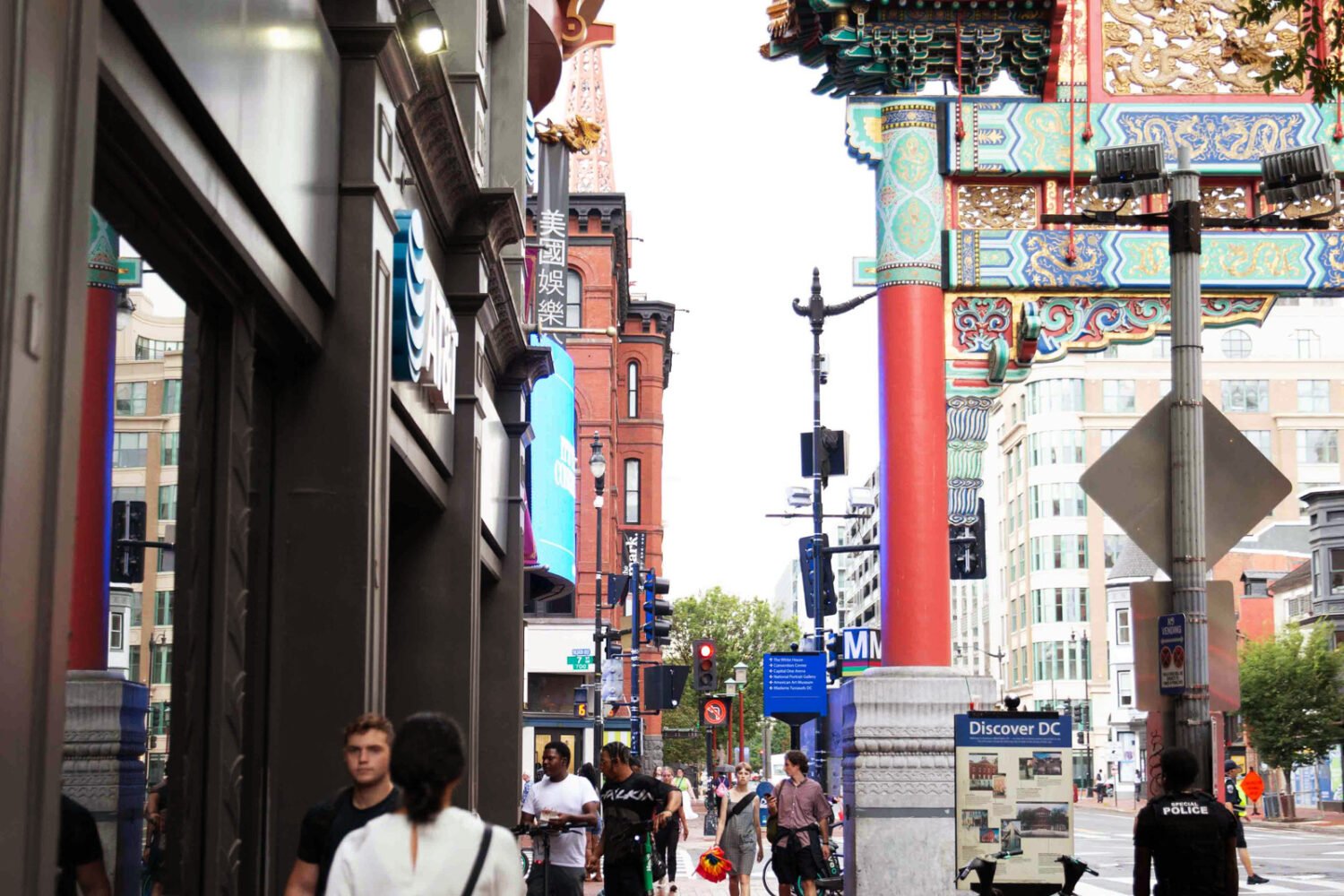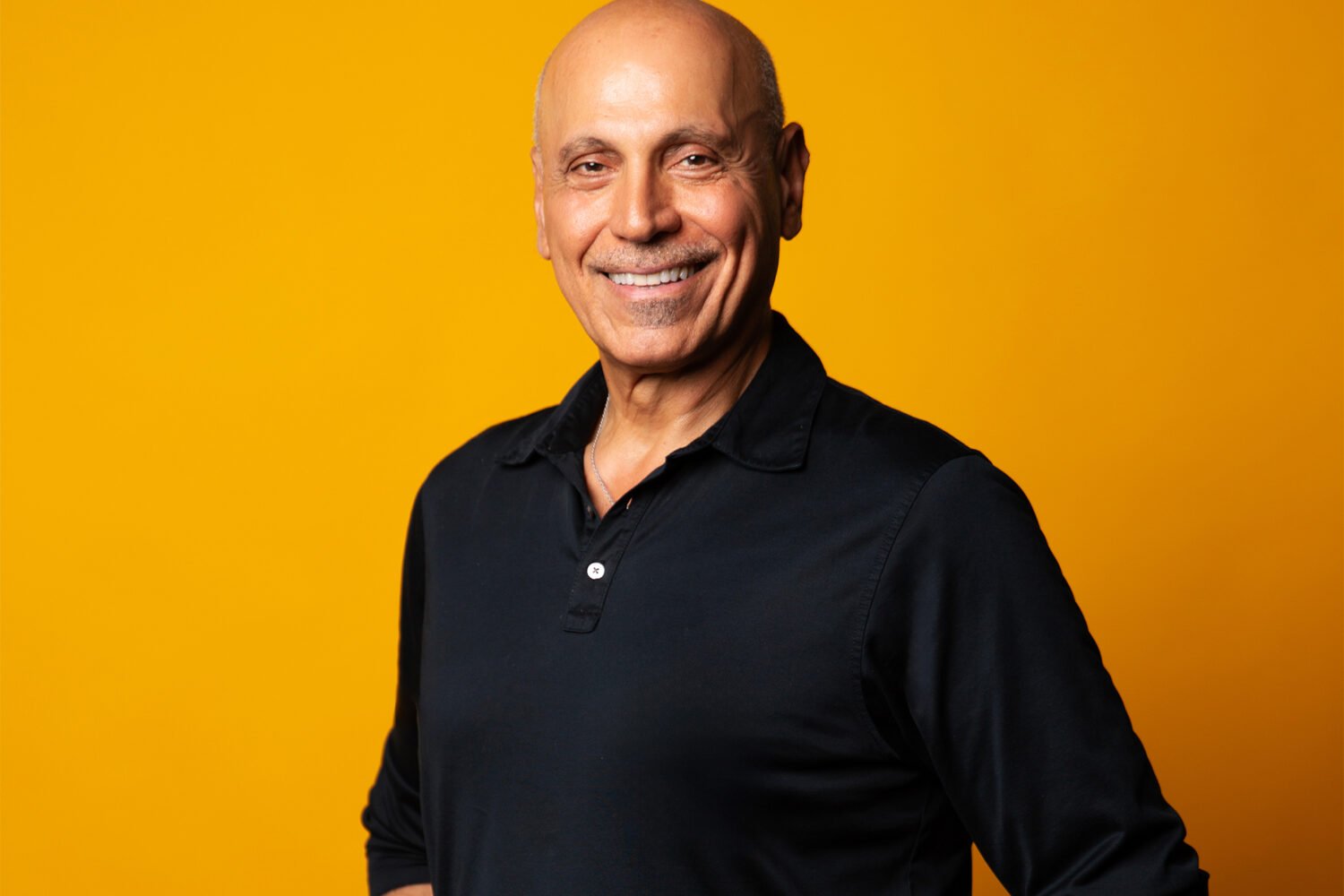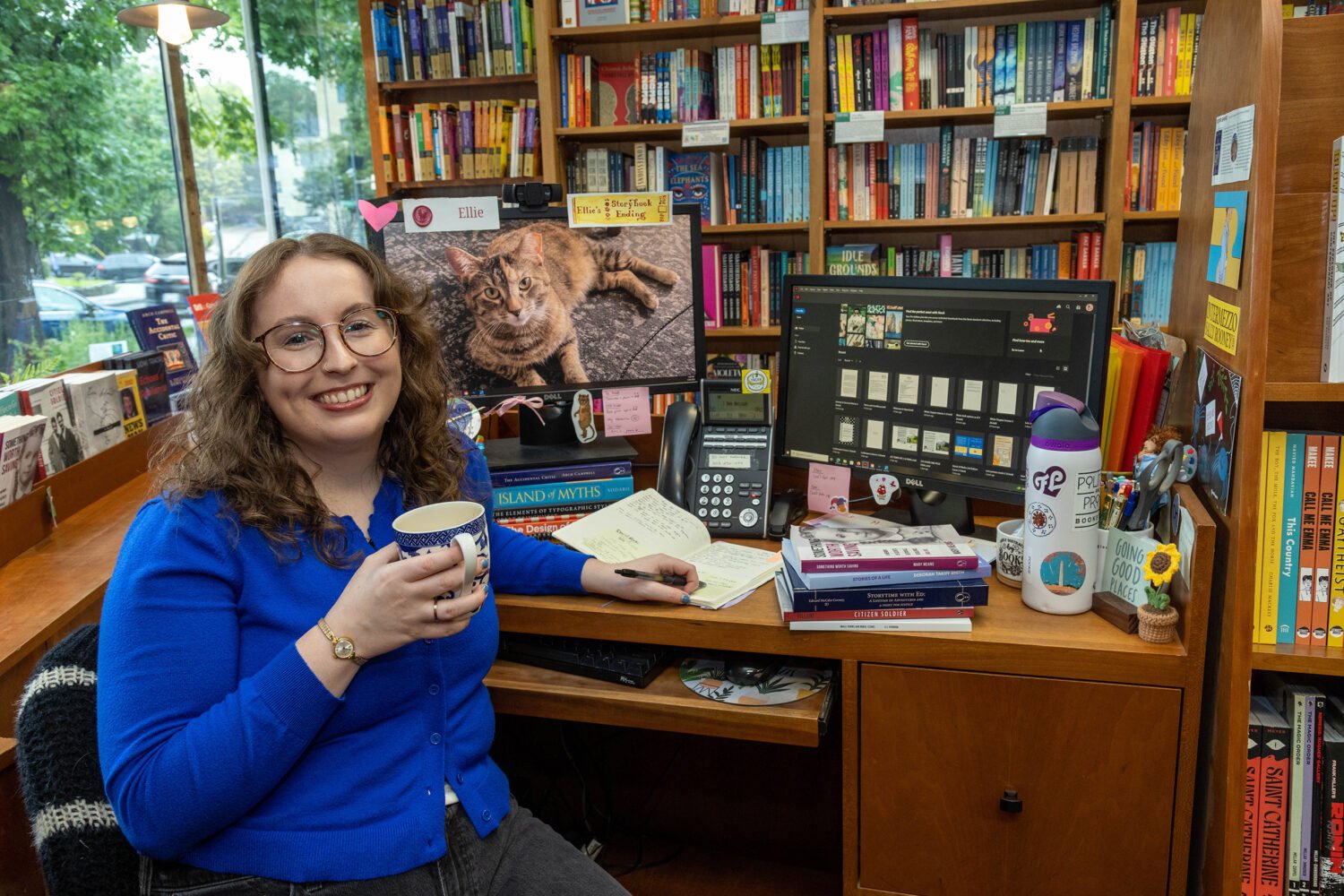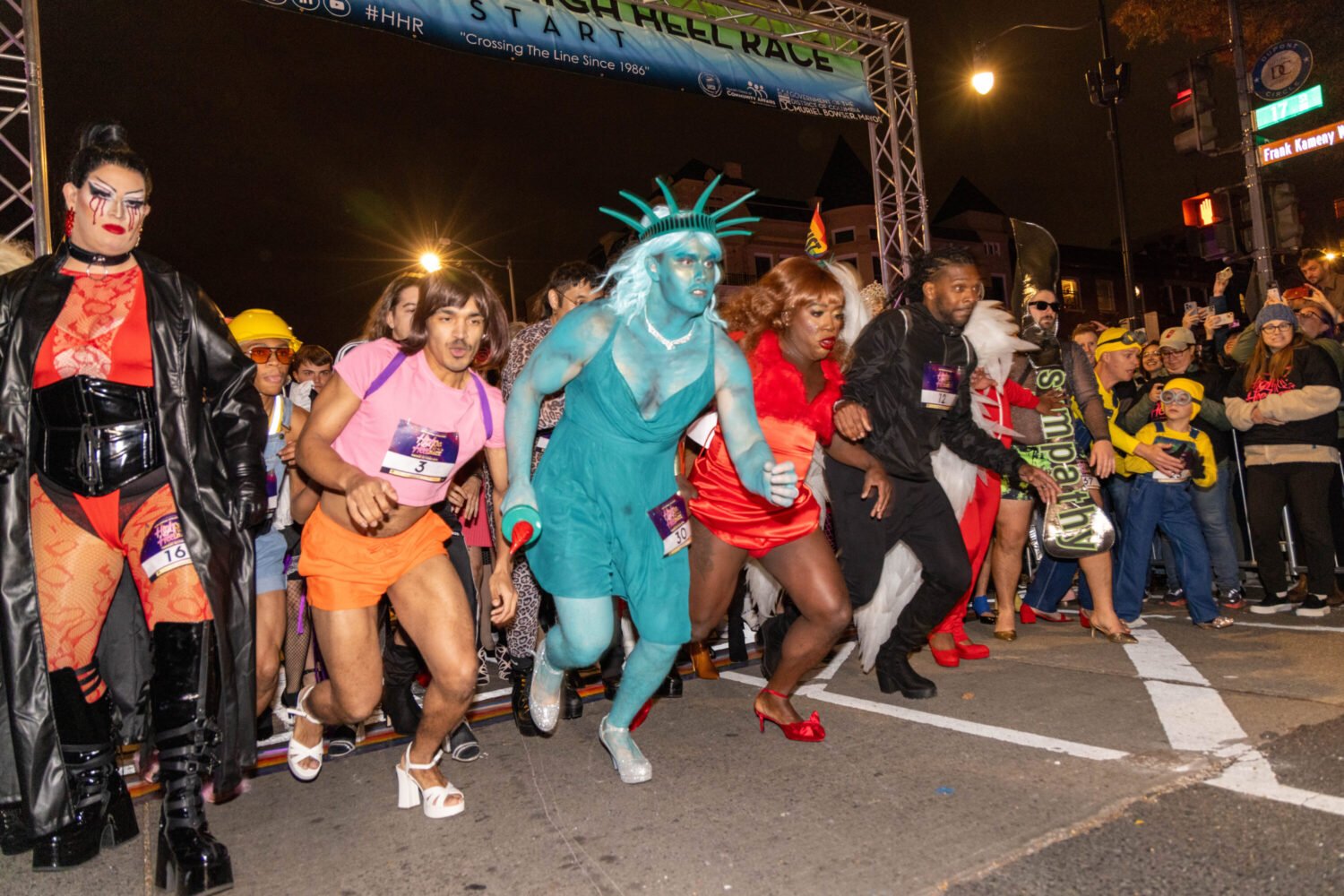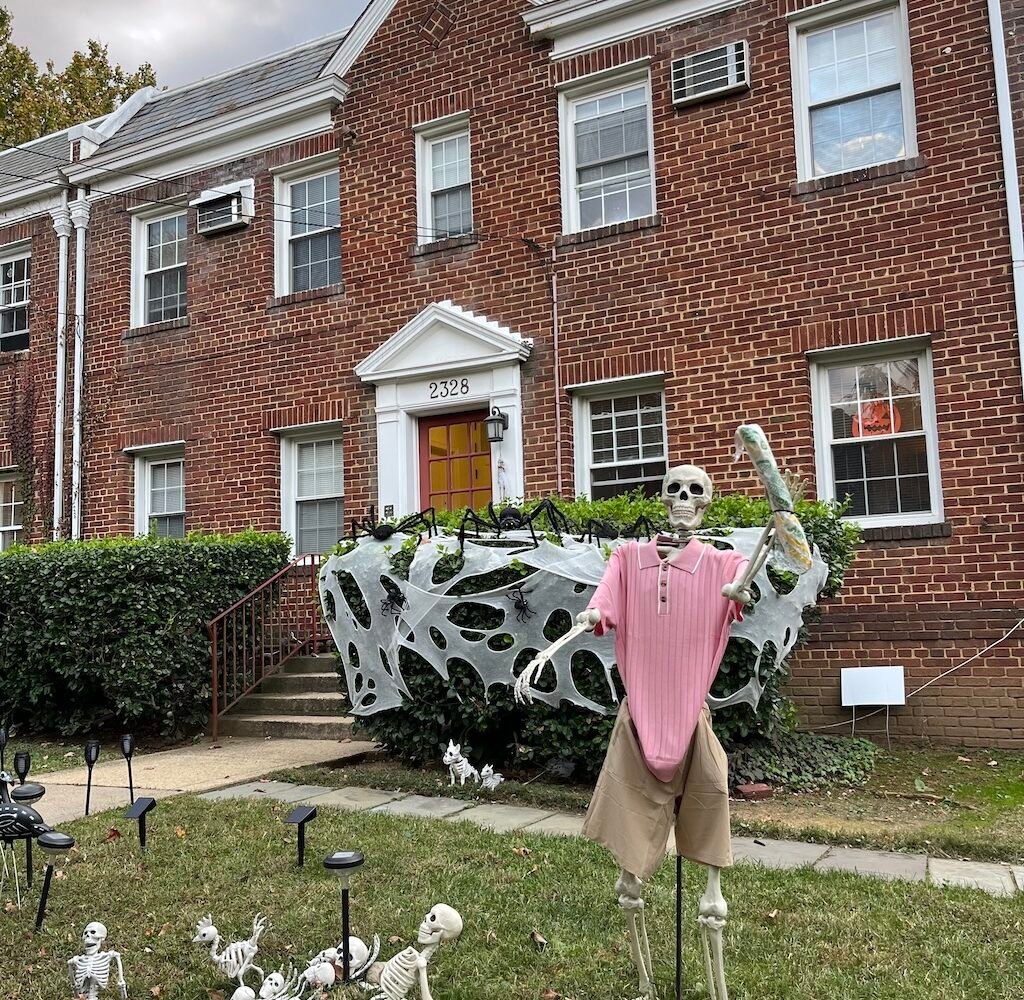
The realization: My mom enrolled me in ballet when I was seven because I was a tomboy. By 14, dance was my passion. I was never the most gifted dancer. I got into the Joffrey Ballet’s second string, in New York, and performed on Broadway and with Nureyev, but I knew I was never going to get into the main company.
The setback: I drifted a bit into contemporary dance and acting. I was in a low-budget French film when my left foot got run over by a car. I could no longer go en pointe, though I did go back to dance.
The move: When I burned out on New York, I sublet my apartment, thinking I’d be back. But my career flourished here. I danced with DC Contemporary Dance Theatre and Daniel West. In 1989, Mary Day at the Washington Ballet, where I was teaching, asked me to create three pieces. I’d never choreographed before. I saw there was a way to stay in dance when I couldn’t dance anymore. I choreograph to rock, to classical, to atonal music. I take risks. Otherwise it’s the same cookie-cutter thing over and over.
The diagnosis: When I was 40, I was diagnosed with idiopathic dilated cardiomyopathy—my heart pumps at about half. I didn’t get depressed; I got invested in helping others. We have a huge, free program—Dance for Parkinson’s Disease—and another one for disabled kids. On the purest level, you share the joy of dance.
This article appears in the May 2014 issue of Washingtonian.

